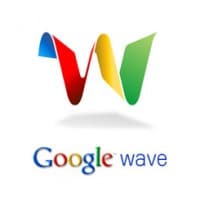 When you look at Google Wave, and the fact that Google is pulling it, I don't think so much about failure as I do about Google continuing to build intellectual capital (IC).
When you look at Google Wave, and the fact that Google is pulling it, I don't think so much about failure as I do about Google continuing to build intellectual capital (IC).They were brave enough to take a chance at re-inventing how people collaborate and work together, it wasn't accepted by enough users and is being pulled by Google, but in the end, Google wins.
Google is Learning
- They learned a lot about user interaction design and how people might want to collaborate which they will build on.
- They built experience in user interaction, technica expertise,l development, delivery and marketing.
- They built technical experience and IC that can only come with seeing it through to production, support, etc.
- They built intellectual capital that will carry over to other assets, like Google Docs.
This quote from Infoworld only helps bolster the point:
- Wave's user-oriented features in and of themselves may sound familiar when compared to what you've seen in, say, SharePoint (formerly Groove). Some of the real innovation -- and the reason Wave earned so much interest among some analysts -- is its underlying architecture, based on the open-messaging standard XMPP. Technologist Jason Kolb (who founded Latigent, later acquired by Cisco) wrote an in-depth analysis of Wave architecture last September, which may shed some light on why the product had garnered much excitement and interest.
"In a nutshell, this is the next revolutionary leap in Internet application architecture," Kolb wrote. "Maybe the first truly revolutionary leap since HTTP itself."
See Also:
No comments:
Post a Comment